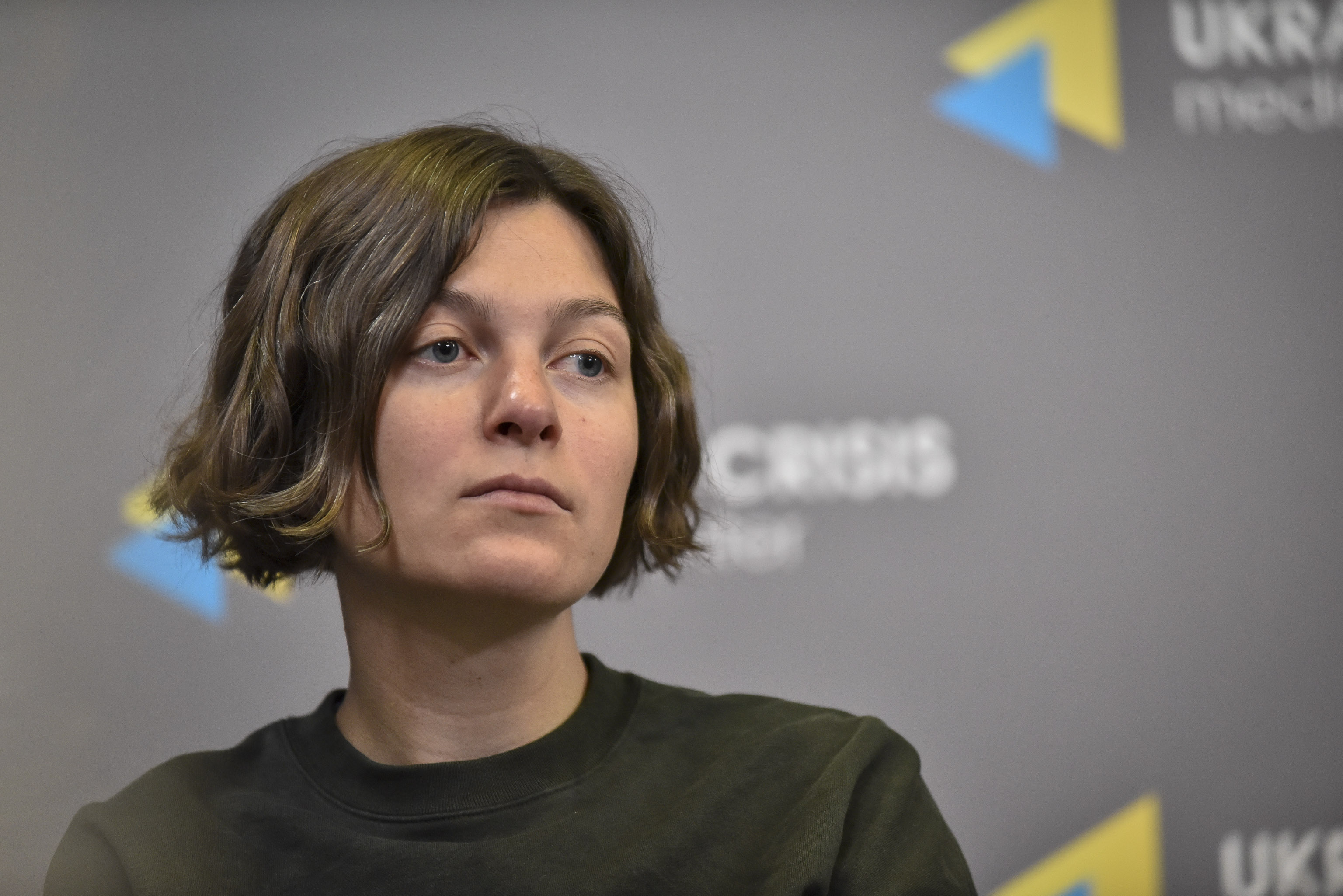


At the Ukrainian Crisis Media Center, a presentation took place for the project “Erased Histories” – an initiative dedicated to the theme of violent deportations of entire peoples during the Russian Empire and the Soviet Union. The project is implemented by the NGO PR Army with the support of the European Union under the House of Europe program, in cooperation with the creative association Pictoric.

“Erased Histories” is not just a project. It is an attempt to give a voice back to those whose stories were deliberately erased from memory. The research mainly focuses on the history of the Crimean Tatars, ethnic Germans, Pontic Greeks, Koreans, Armenians, Bulgarians, Greeks, and Italians who were forcibly removed from Ukrainian territories. It also mentions the deportations of Chechens, Ingush, Meskhetian Turks, Kurds, Circassians, Kalmyks, Ingrian Finns, and other peoples who, in different historical periods, suffered from forced resettlement policies.

Alongside the presentation, an exhibition of ten illustrations by contemporary Ukrainian artists was opened. Each artwork tells a separate story through visual imagery. For instance, artist Zhenya Oliinyk depicted the dramatic episode of the deportation of 115,000 Meskhetian Turks from their homeland to Central Asia in 1944—just one of many examples of the mass crimes committed under Stalin’s regime.

Anton Savidi, a descendant of Greeks and deputy head of the Greek society Enotita, spoke about the difficult situation of preserving the cultural heritage of the Greeks of the Azov region after the occupation. Part of the unique collection of the Mariupol Local History Museum was destroyed, though some exhibits – particularly from Kostyantynivka – were evacuated thanks to the efforts of the Greek community.
“Many people of Greek origin became displaced back in 2014, but after 2022, this number increased significantly. Today, they are trying to preserve their identity, language, and culture by creating new communities, particularly in Uzhhorod and Khmelnytskyi, among internally displaced persons. A major event was last year’s Cabinet resolution recognizing endangered languages, which included Rumeic and Urum – the languages of the Greeks of the Azov region,” noted Savidi.

Vladyslav Havrylov, a researcher for the Erased Histories project, emphasized that Russia’s methods of persecuting other ethnic groups have not changed for centuries. At the beginning of the 20th century, as now, deportation remained one of the main tools of repression and suppression of dissent.
“What is, essentially, a totalitarian state? The name ‘Erased Histories’ is very fitting. It refers to erasure, even extermination—the repressive machine of the communist regime sought to uproot and clear the landscape for establishing communist rule. When we speak of the deported, who were they? There were arrests of scholars, former leaders of the Ukrainian People’s Republic, and over 200,000 forcibly deported Ukrainians—so-called ‘kurkuls,’ or wealthy peasants.”

It is not enough just to speak about crimes—it is necessary to name both the victims and the perpetrators, stressed Anatolii Khromov, Head of the State Archival Service of Ukraine. This, he said, is a step toward justice and understanding the scale of the tragedy. According to him, the archival service is actively working on digitizing documents so that these names are not lost.
“Obviously, we don’t have a separate fund or collection of archival documents that could simply be digitized and displayed as a list. But we are ready to participate and, across our archives, provide access to help create such lists. Lists are the most important thing! Because when we speak in general terms, it means nothing. When we talk about tragedies on Ukrainian territory affecting people of different nationalities, when we condemn these things—the benefit is much greater when we actually identify the names of each victim and each perpetrator. Only then does it become clear!” Khromov stressed.

Summarizing the discussion, participants emphasized: history repeats itself. Today, during Russia’s full-scale war, it is once again deporting civilians, forcibly removing Ukrainian children, and destroying cultural heritage. The goal remains unchanged—to erase identity, to break a people, to make them “invisible.”
That is why projects like “Erased Histories” are of such enormous importance. They not only restore memory but also reveal the continuity of crimes, helping people to understand their essence and nature. This is crucial both for Ukrainians and for the European community, which must recognize that what once seemed like “dark pages of history” is today becoming reality again.
After Kyiv, the exhibition will travel to European cities, including Paris and Stockholm, so that the voices of those who were once silenced can be heard.
